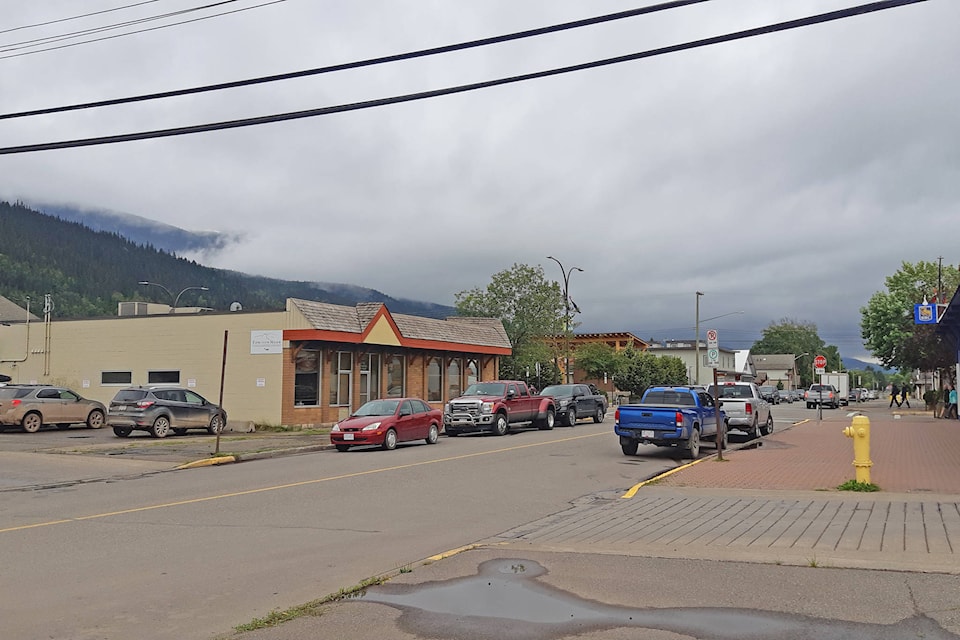Everyone in the Bulkley Valley knows this summer has been cooler and wetter than normal, but just how cooler and wetter has it been?
Environment Canada senior climatologist Dave Phillips crunched the numbers for The Interior News up to Aug. 16.
“You’re not imagining it,” he said. “It’s been a real miserable kind of summer, no question about it.”
Although the overall daily average temperature has been more or less on par, Phillips explained the critical data point on the temperature side of the equation is the mean daily high, that point of the day when most people are getting off work or getting out of school and want to engage in outdoor activities.
That number for June, July and August so far is 18.8C, a full two degrees cooler than the 30-year normal of 20.8C. In fact, he said, the only year on record — dating back to 1942 when Smithers data started to be kept — was 1976 when it was 17.7C.
Adding to the perceived misery, he said, is the fact that by this point in the summer Smithers has usually had 36 days where the temperature rises above 20C, what most people view as summer-like weather. This year the valley has only had 20 of those days.
READ MORE: Heat warnings posted for parts of B.C. as temperature records have tumbled
Furthermore, he said, lack of sunshine, adds to the perceived lack of summer. Normally the area would have had 32 days of some measurable rain by Aug. 16. This year there have been 45.
That also means the total rainfall is greater than normal, 173.5mm so far compared to 119mm (June through the end of August) on the historical average.
The only year on record comes close is 1976 with 162mm through the end of August.
Barring something really dramatic on the temperature side, the mean daily high will not fall another full degree to match the record.
All of this, he said, has been brought on by persistent Gulf of Alaska trough systems. On a normal year, he explained, Northwest B.C. can expect to see theses troughs as early as May and sometimes as late as July, but usually in June and not so persistently through the summer.
Phillips did want to offer some potentially good news, though.
READ MORE: Death Valley reaches highest world temperature in more than 100 years
“The best part of summer may be ahead of you,” he said.
Smithers got a glimpse of that on Sunday when the mean daily high reached 27.6C. The hottest day of the summer was July 31 at 30.4C.
August, though, has been particularly wet. Through the first 16 days, the town recorded 49mm (27.2 of that came Aug 14-15), more than double the normal of 22.6mm.
Environment Canada modelling predicts that the rest of August and September could be slightly warmer than normal with average precipitation. Phillips said their long-term temperature modelling is usually pretty accurate, more so than their precipitation predictions, but noted American modelling for southern Alaska is showing the same forecast. That, he said, is encouraging for the Bulkley Valley.
The other good news, of course, is that cool and wet means less lightning, less wildfires starting and those that do start don’t really have a chance to get out of control.
In an average year, B.C. sees 1,758 wildfires burning a total of 369,019 hectares of forest. This year, as of Aug. 17, there have only 407 with only 910 hectares burned. Also as of Friday, there were only 16 active fires in the province and only one in the Northwest Fire Centre near Morice Lake Provincial Park.
editor@interior-news.com
Like us on Facebook and follow us on Twitter
